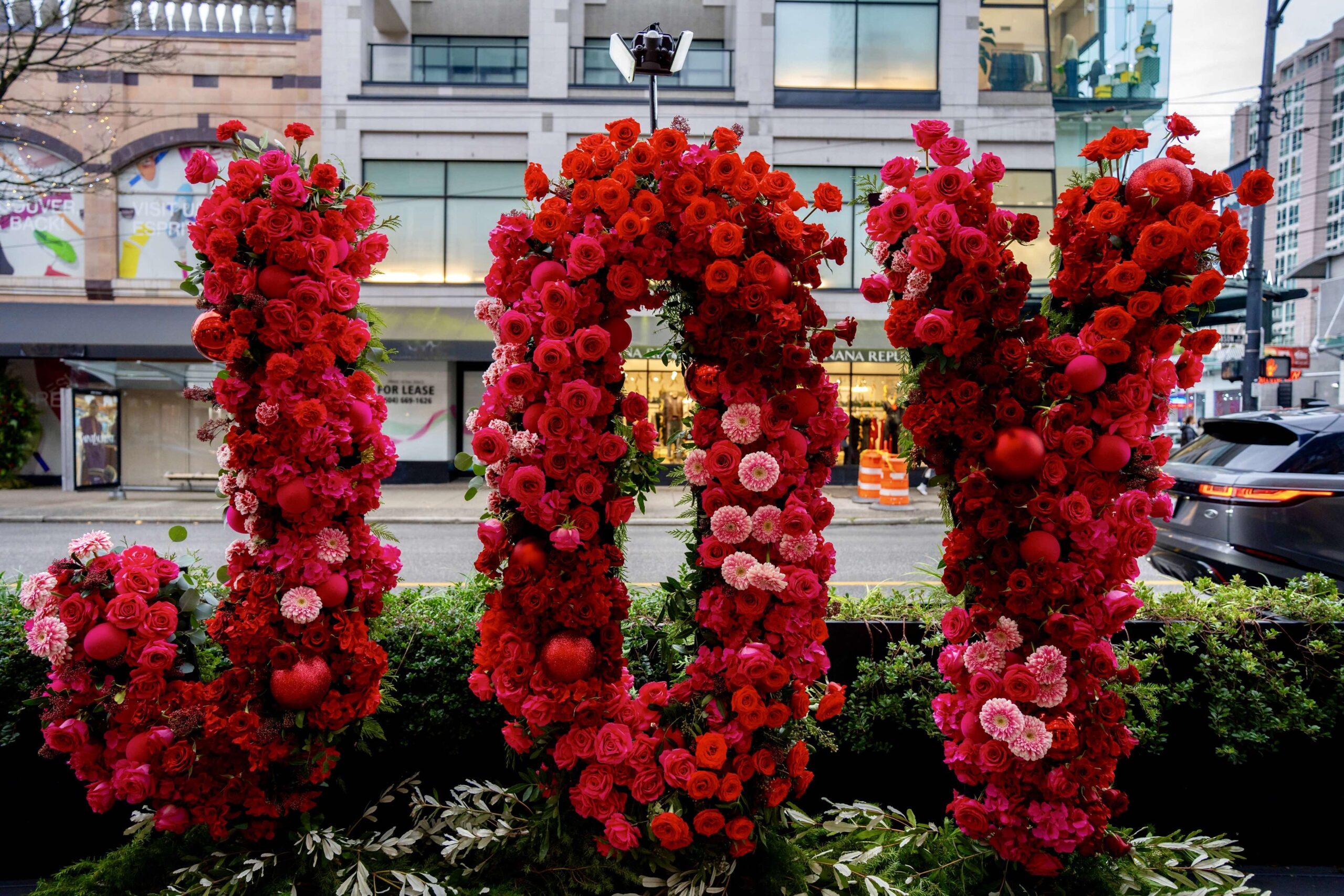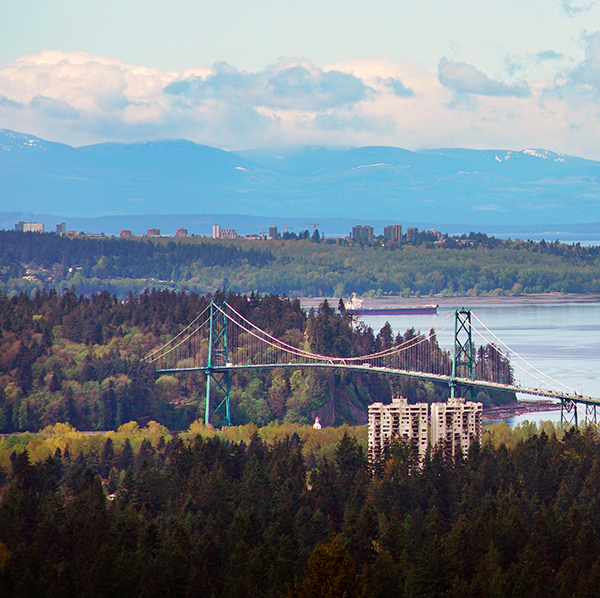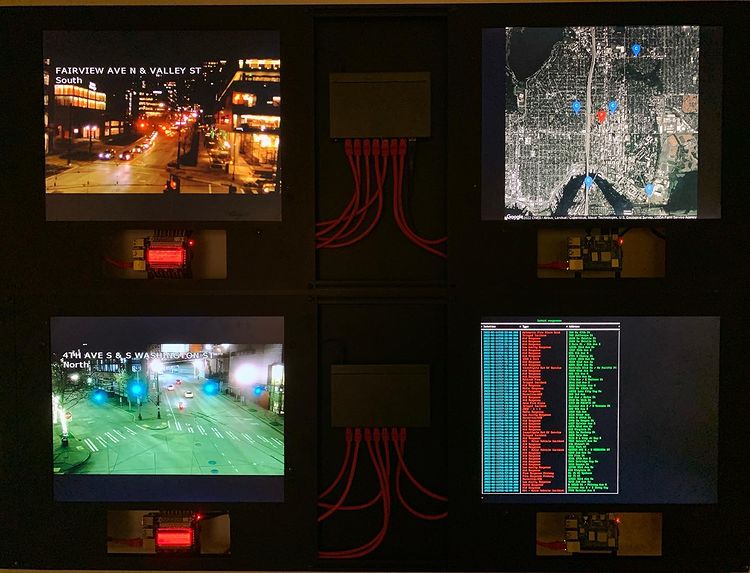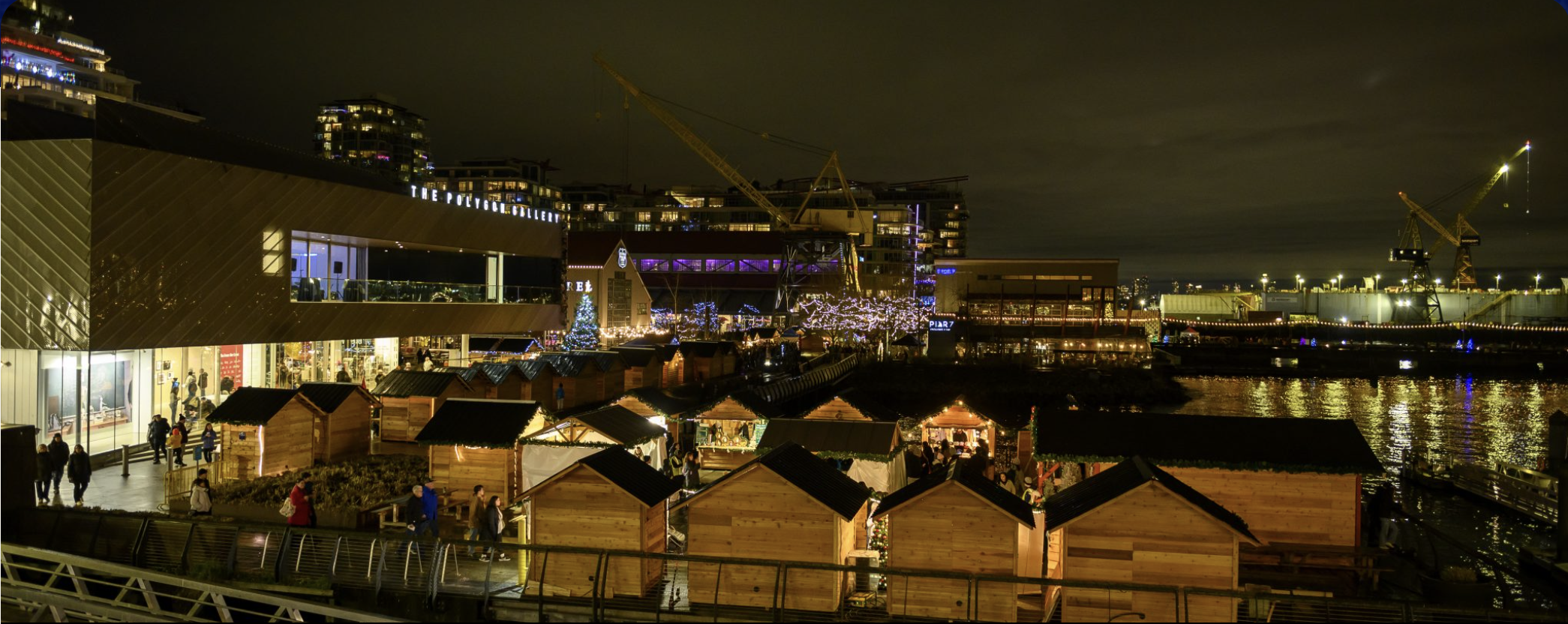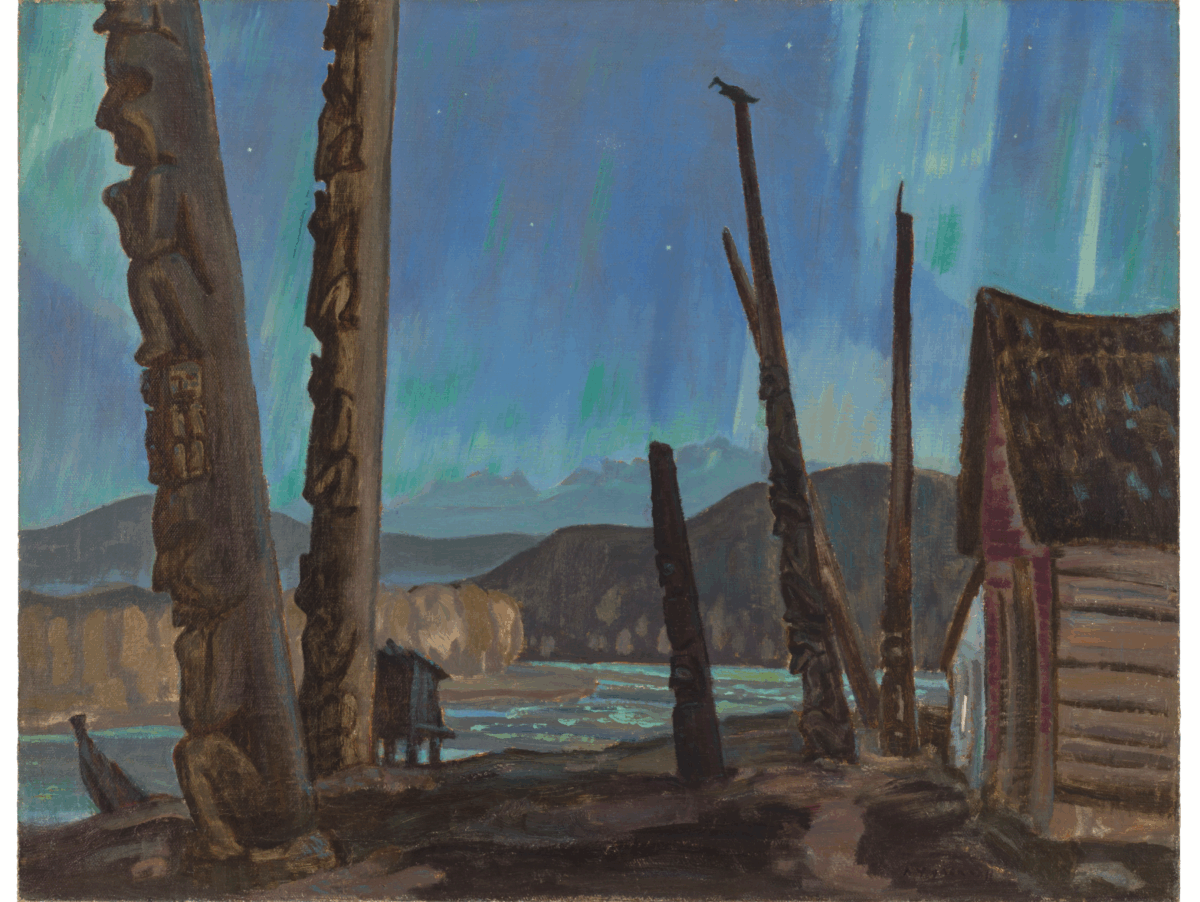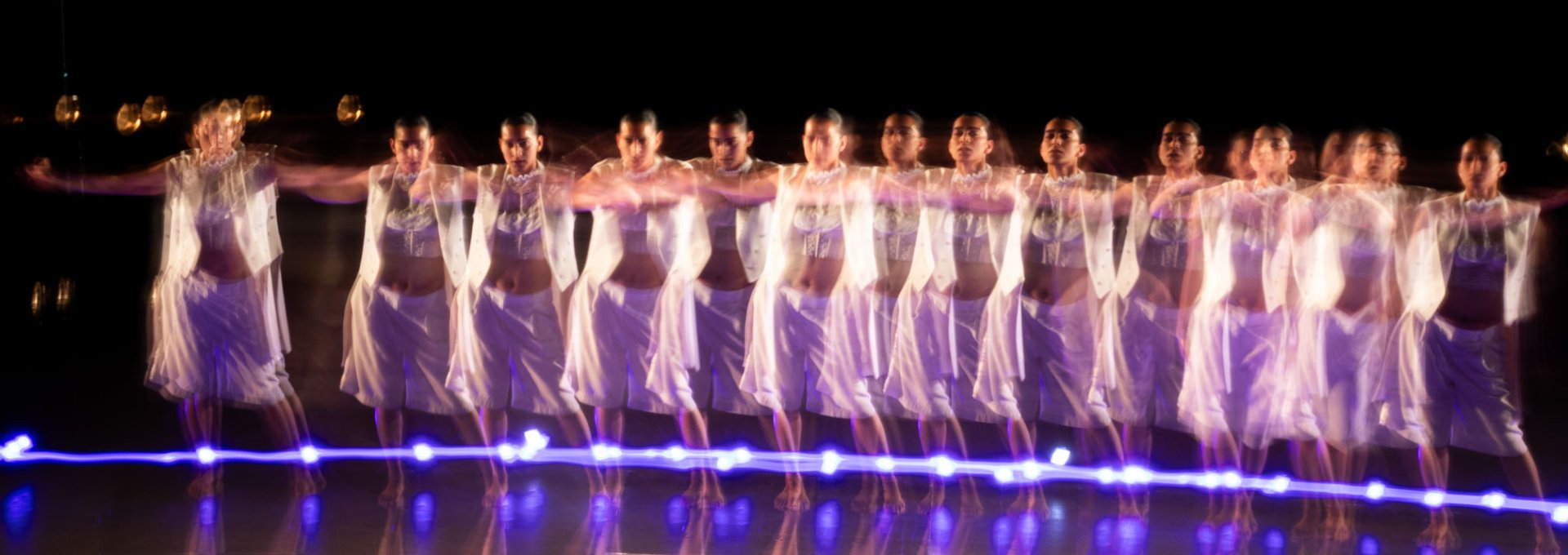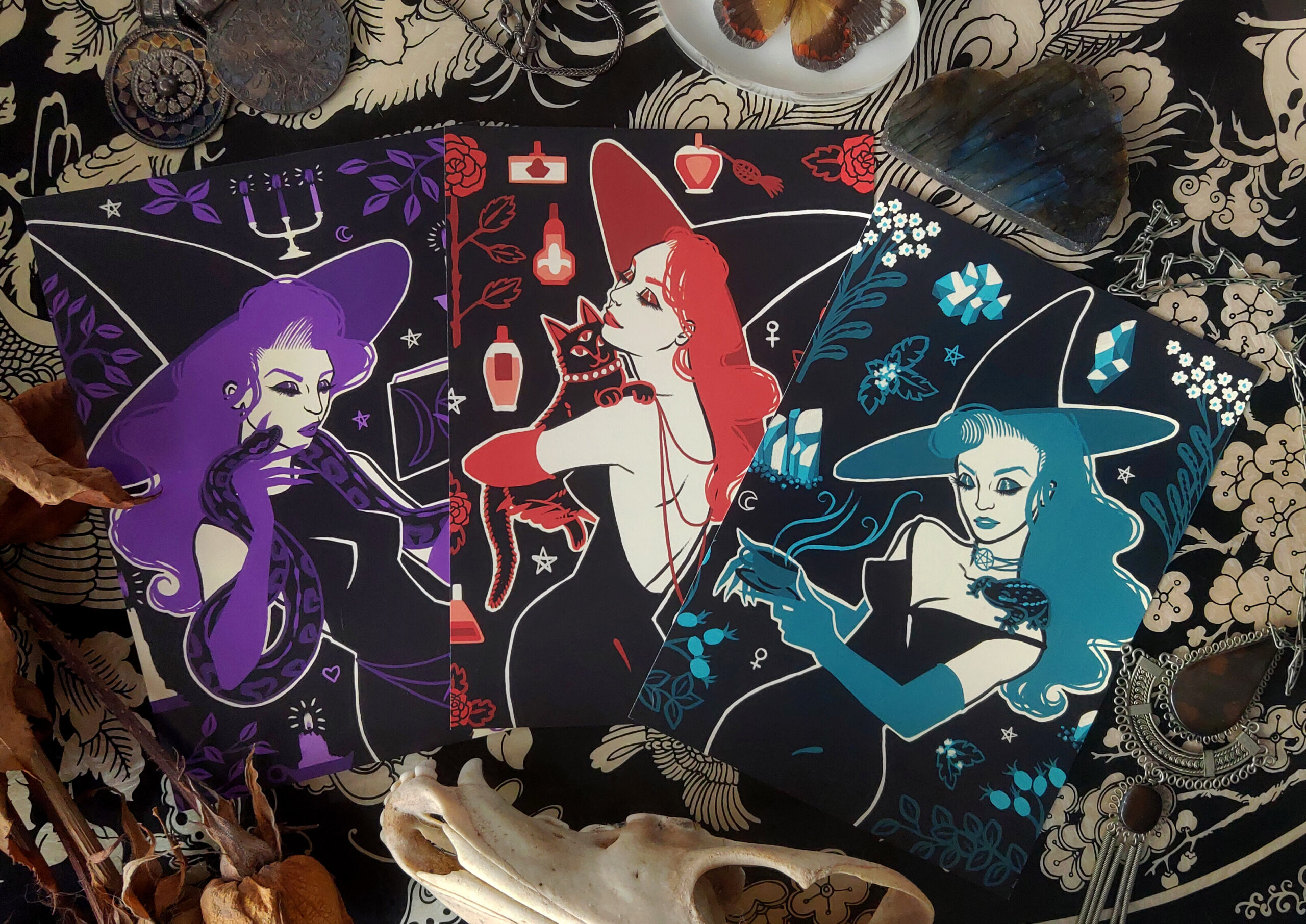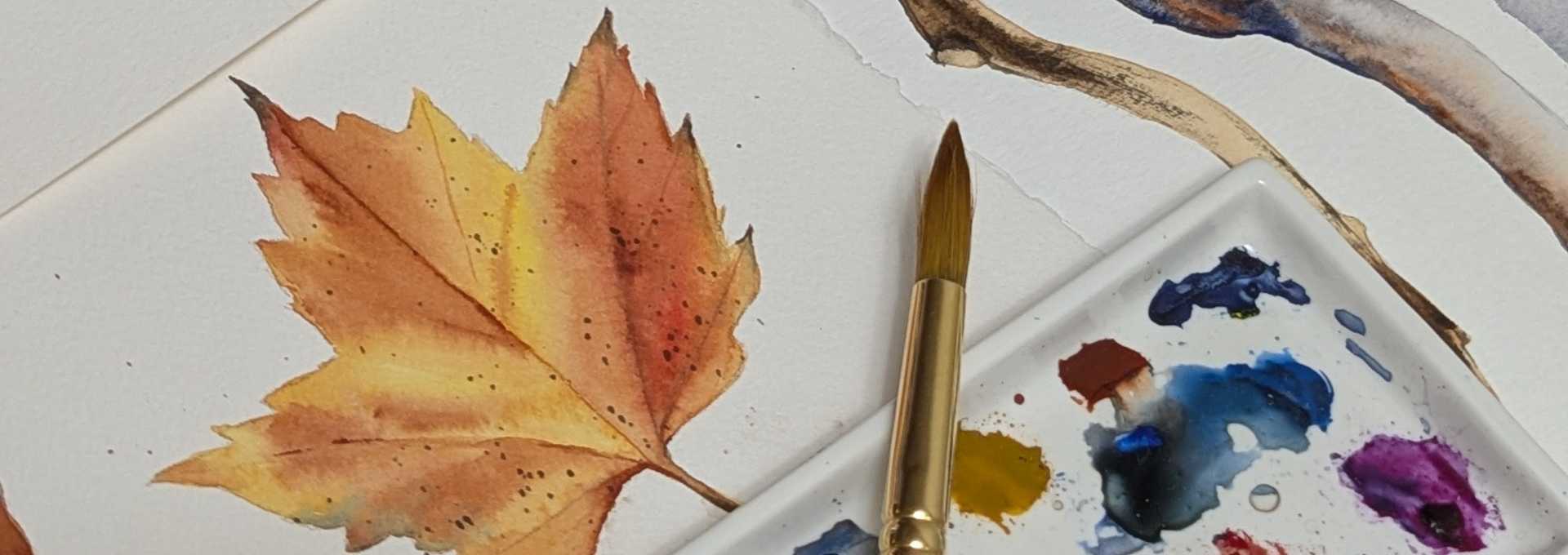New Media Gallery continues to show why they’re one of the top attractions for anyone searching for challenging, contemporary art in the Lower Mainland.
Their latest exhibition, Eye Witness, takes visitors on a journey of emotions from sadness and outrage to inspiration and hopefulness. Centred on the leaps of technology that have happened in the last 10-15 years and how they’ve affected the act of surveillance, the show presents three mixed media pieces that try to answer the question, “has living in a world with constant closed-circuit recording really made our lives safer?”
After watching the multimedia piece by Forensic Architecture about the murder of Mark Duggan at the hands of London police, the answer to that question isn’t promising. The artists of this piece (although it’s clear they didn’t take any creative liberties) have waded through a staggering amount of data, footage and witness accounts and created a comprehensive recreation of what happened to Mr. Duggan on August 4th, 2011. While the outrage of the murder put the country and the world into shock, there doesn’t seem to have been any societal closure since the event, despite the inconsistencies presented in police testimony. It’s an emotional and harrowing exhibit to witness, yet it’s presented very matter-of-factly.
That’s something that the contributors of Eye Witness wisely do; present subject matter seemingly without any clear biases.

Moving through the three rooms that have been created for the exhibit, I then entered the piece, Seattle Crime Cams by Dries Depoorter.
A wall of screens presents live footage of the streetscape at different intersections of Seattle, WA. Stepping into the darkened space lit from the glow of the feeds gives the viewer an oz-like sense of voyeurism, that you’re watching from a seat of power as each brief subject on camera scurries to their next destination.
Played alongside the video content is a police dispatch radio, also live. You can then see firsthand through police codes and street names the corresponding emergency calls being pursued on the screens. It’s an unsettling feeling seeing what seems to be a peaceful street and then hearing the calls of first responders attending emergencies just outside the presented frame. It again gives the impression that despite these mounted bird’s eye views, there will always be blind spots—especially where people need to be looking most.
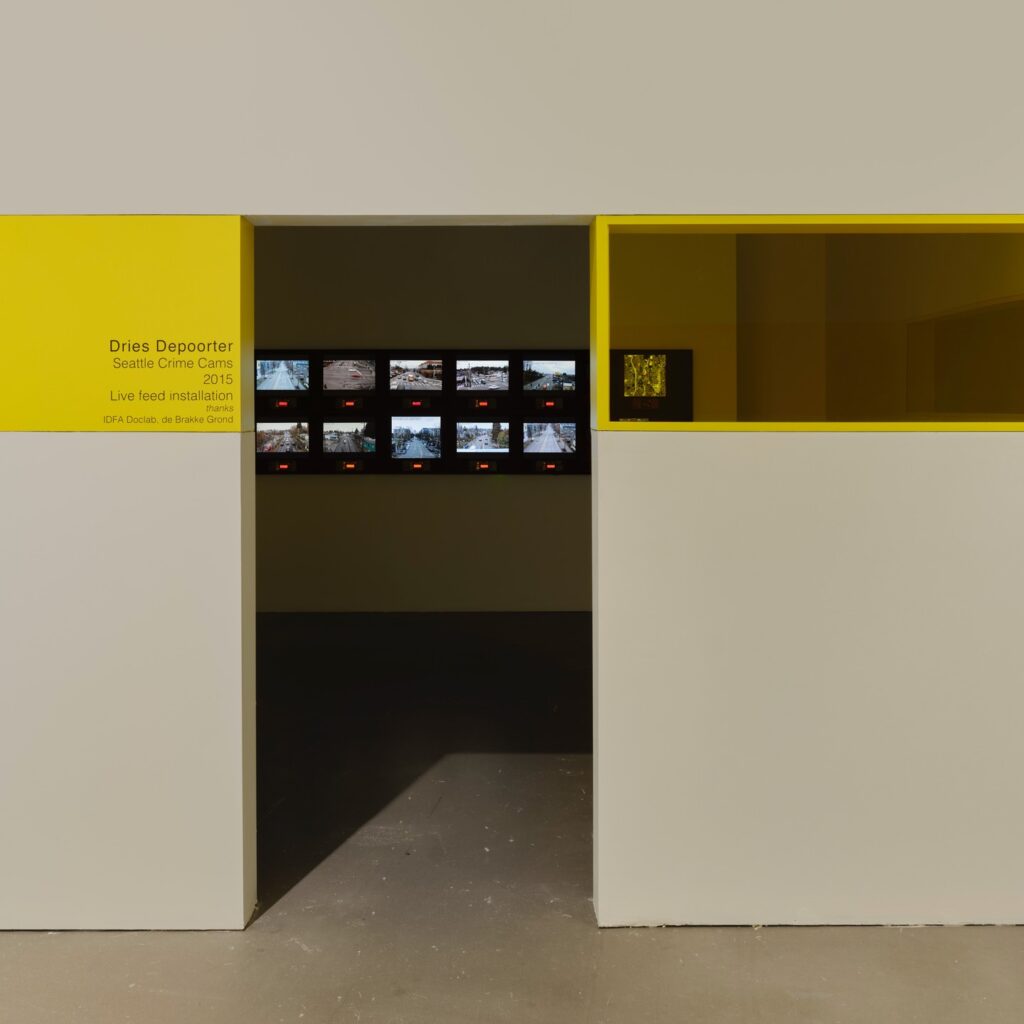
The final room is the CCTV documentary piece, The Neighbour Before the House, by Indian collective, CAMP. Through the mounted surveillance footage of Jerusalem, we witness a city in the throws of permanent crisis. Watching citizens walk through their neighbourhoods, unaware that they’re being watched- it’s an extremely eerie sensation. There’s a feeling of both guilt and sympathy while witnessing the footage, as you follow people whose daily routines include an ongoing fear of violence.
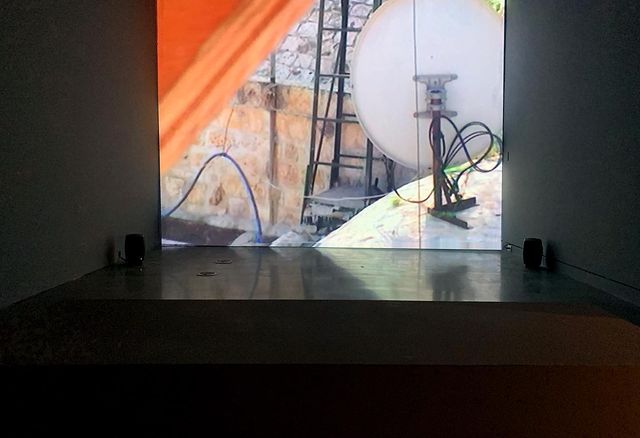
Leaving this show, there’s no denying the achievement on display. However, I was still left quite conflicted.
While I can’t say that the leaps of surveillance have concretely created a better world (especially for minority populations and people of colour), there does seem to be an enhanced fear of being found out by those who might be caught in the gaze of that surveillance.
It’s by no means a victory to say with more people watching, there will be less crime via an enhanced sense of paranoia, but perhaps it’s a start. Here’s hoping that eventually, human emotions will have caught up with technology’s more cut and dry skill of presenting the truth, or lack thereof.
Eye Witness is on now until March 30
More info: newmediagallery.ca
